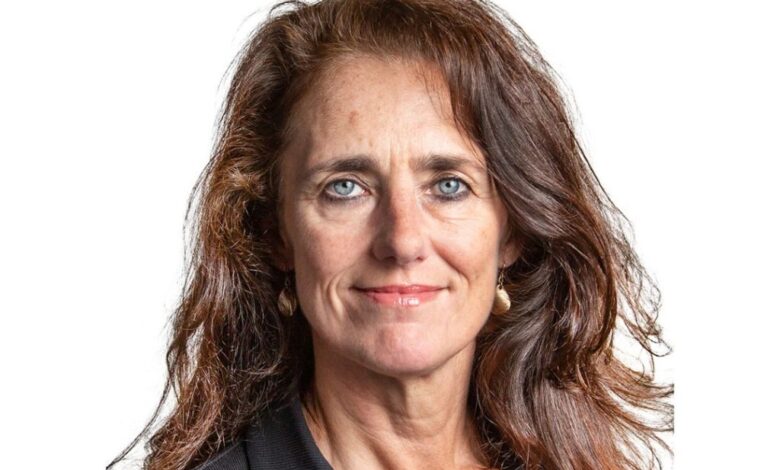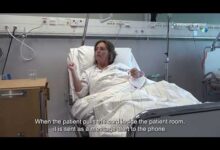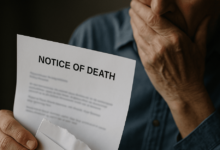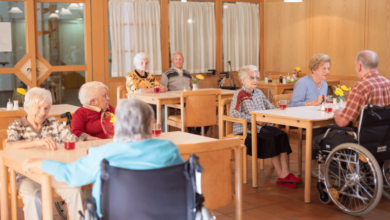Independent nurse leader myth-busts about sector

A senior nurse leader from the independent sector has spoken about the challenges, opportunities and her experience of working in private healthcare.
Dawn Hodgkins, director of regulation at the Independent Healthcare Providers Network (IHPN), spoke to Nursing Times about making the leap from NHS to private health, and the myths surrounding independent nursing.
“I kind of fell into the independent sector”
Dawn Hodgkins
Ms Hodgkins has seen the profession from all angles. Having trained in East Lancashire from the age of 16, she then worked as a nurse specialising in orthopaedics across the North West, London, Midlands and elsewhere.
After an eight-year stint in the NHS, she entered the independent sector “by chance”, having struggled to find a new post within the health service which matched her experience when moving back up north.
“There weren’t the same opportunities in the NHS,” she said. “It wasn’t that I actively sought to go, I kind of fell into the independent sector and was quite surprised about what the opportunities were and how different it was.”
Ms Hodgkins then worked as the matron of a small private hospital in Blackpool, a post she said gave her experience in all areas of nursing from ear, nose and throat (ENT) to ophthalmic, neither of which she had ever worked in before.
After that, she spent 12 years in regulation with the Care Quality Commission (CQC) before returning to the independent sector in her current post at IHPN.
Speaking about her experience moving from NHS to a smaller, private, hospital, Ms Hodgkins said the biggest differences were the change in pace and range of areas she worked in: “You’re quite in control of the flow of your patients, you know what you’re getting.
“You can staff appropriately and, because it’s small, you can really be very close to the patients and the other staff so you know when people are under pressure.
“For me, another difference was the mixture in specialty – having been purely orthopaedics.”
Ms Hodgkins added: “You’re much more aware of – because of the size of that hospital – where you are in the day, in terms of the patients to theatre, whether a list going to overrun.
“I think you’ve got much more sort of clear sight of the workload. And you also know the workload is what you’ve planned for, rather than emergencies coming through the door. That creates a different dynamic.”
She confessed that, after moving out of the NHS, some nurses do miss the “buzz” of working in a larger hospital trust.
“It feels different when you go into the independent sector,” she said. “It takes a little bit of adjusting to and not everyone likes it.
“Some people really miss that buzz, I would say.”
Ms Hodgkins described the relationship between independent and NHS nursing as cooperative, and said that, like the health service, those outside of it work in all sorts of settings.
“The list is quite broad; independent nurses provide care in prisons, in sexual health services, in communities to children services within communities,” she said.
“They work in diagnostics, in MRI and CT, in interventional radiology, in primary care, in private, primary care.
“We’re not the same, but that doesn’t mean the differences are bad, I think we are just different.”
The challenges for nurses in the independent sector, according to Ms Hodgkins, are not particularly distinct from what most troubles NHS staff.
She pointed to the need to keep pace with a “breadth and depth” of change in practice, as well as the increasing acuity of patients leading to both an increase in their care needs and their frustration when things go wrong.
Ms Hodgkins continued: “Pressures on staffing in terms of the need to recruit and retain and train staff is, again, no different in the independent sector than it is in the NHS.
“So making sure people are supported, that they’re mentored, preceptorship works – all of those are pressures that need to be met in order to deliver safe, high-quality care.
“We [can] retain that person within the profession… the sectors look after each other”
Dawn Hodgkins
“Our nurses who are working in prison services, it’s well documented some of the challenges that the prison service nurses are facing, and nurses working in primary care, some of the challenges there around patients, frustration about accessing treatment.”
Ms Hodgkins described an occasional need to myth-bust about the independent sector as a nurse, as well as facing accusations of turning to the “dark side”, a sentiment she firmly refuted.
She said: “It’s really great when nurses who work in the NHS step into the independent sector.
“They might only work in the independent sector for a year, and then go back to the NHS, and that’s absolutely fine, because then they get an understanding of some of our hospitals, that 95% of their workload is NHS funded.
“They come in with a perception that [their patients] are going to be a lord or a baroness.”
The independent sector has a significant role in the current government’s future plans for reducing hospital and primary care waiting lists; both prime minister Keir Starmer and his health and social care secretary Wes Streeting have spoken about making use of extra “capacity” in private providers.
Already, according to the IHPN, the independent sector undertakes one in five NHS diagnostic tests and one in four of the health service’s orthopaedic and ophthalmic surgeries.
However, Ms Hodgkins said the role of the private sector was more than as an overflow for the NHS.
She suggested that the independent sector could have something of a cooperative relationship with the health service, as an “integral” provider of training, clinical placements for students and temporary relief for nurses.
“If you’re a staff nurse on a ward, A&E or in urgent care or in primary care, what does good look like? Good looks like your team [being] supported, nurtured and enabled to deliver the best care.
“If that means they – for example critical care nurses after Covid-19 – need to take a step away from the NHS and into an outpatient department within the independent sector where there is different acuity, different pressure, and then step back later, absolutely fine.
“We [can] retain that person within the profession… the sectors look after each other.”







